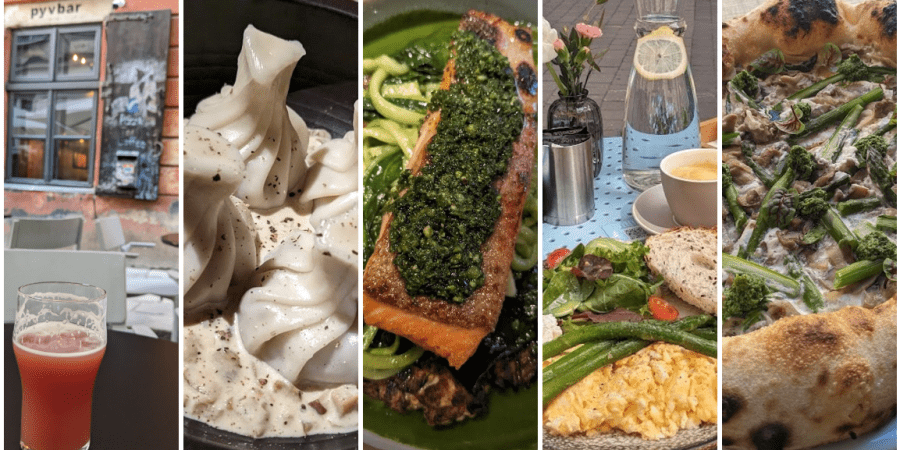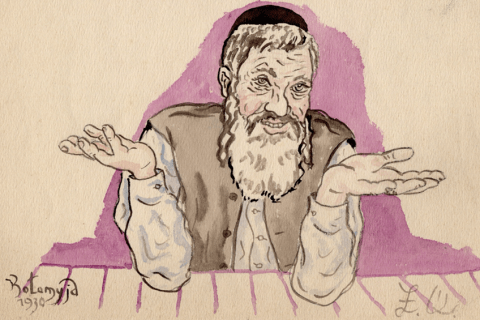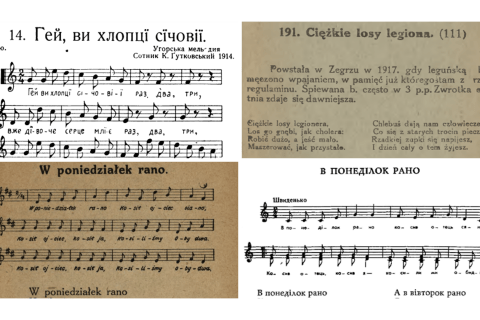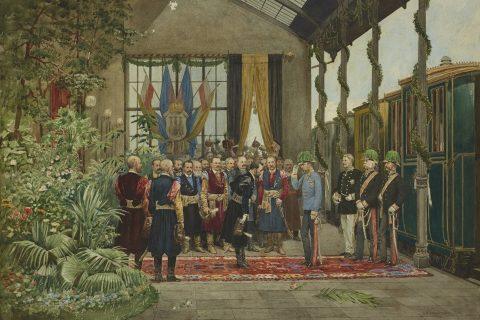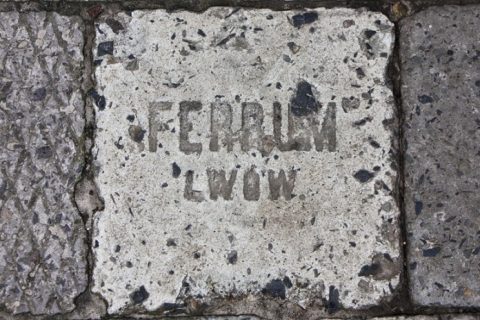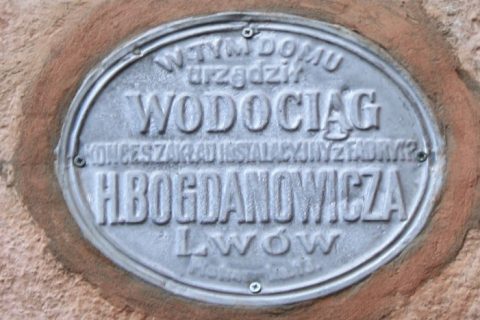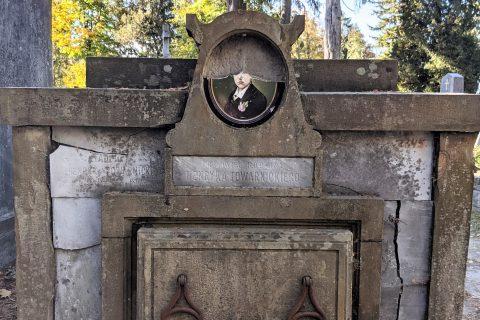Lviv Dining Guide
Food & Drink in Lviv In the years leading up to the full-scale invasion, Lviv witnessed a surge in its restaurant, cafe, and bar industry. New establishments seemed to pop up every few days, making it a challenge to keep track of them all. Despite the initial disruptions caused by […]
Read More
